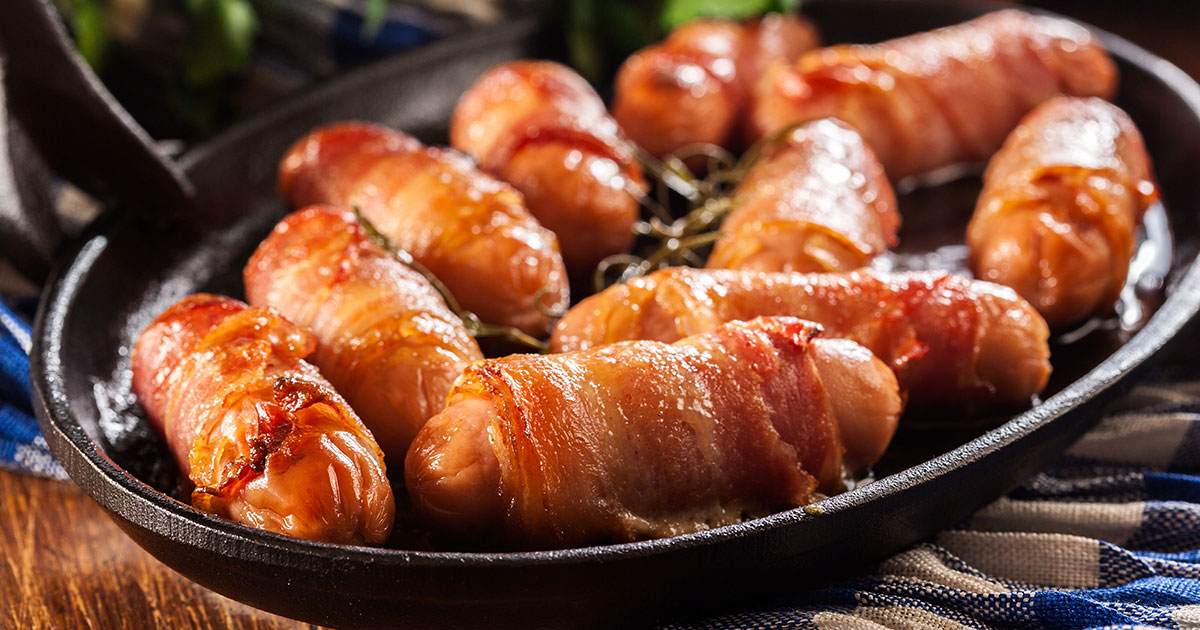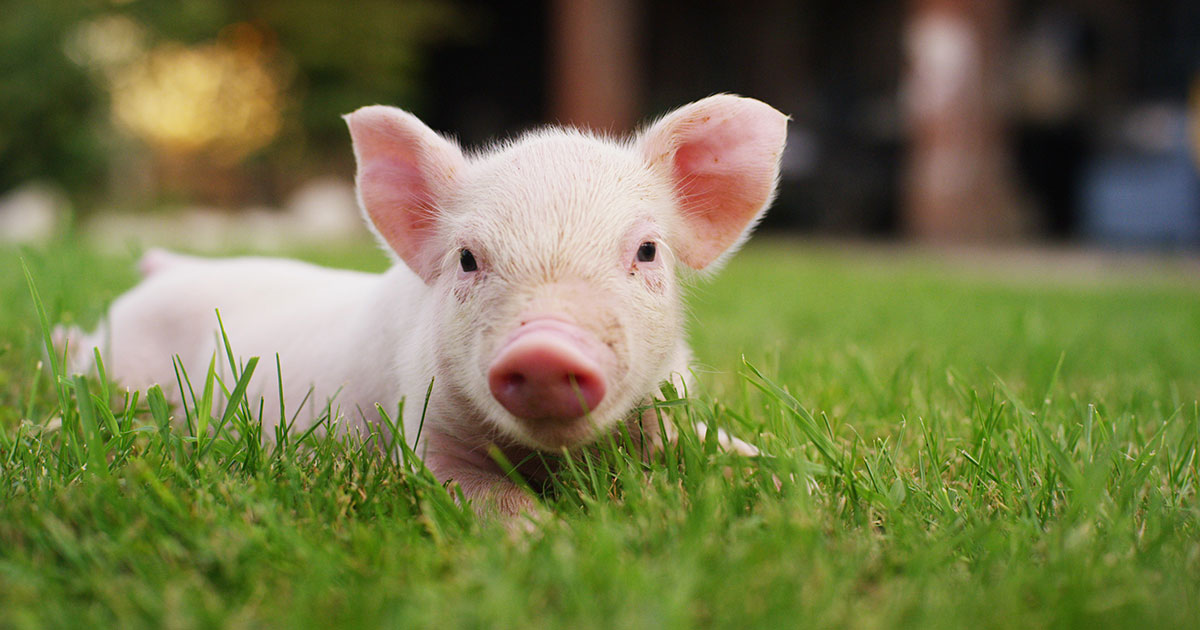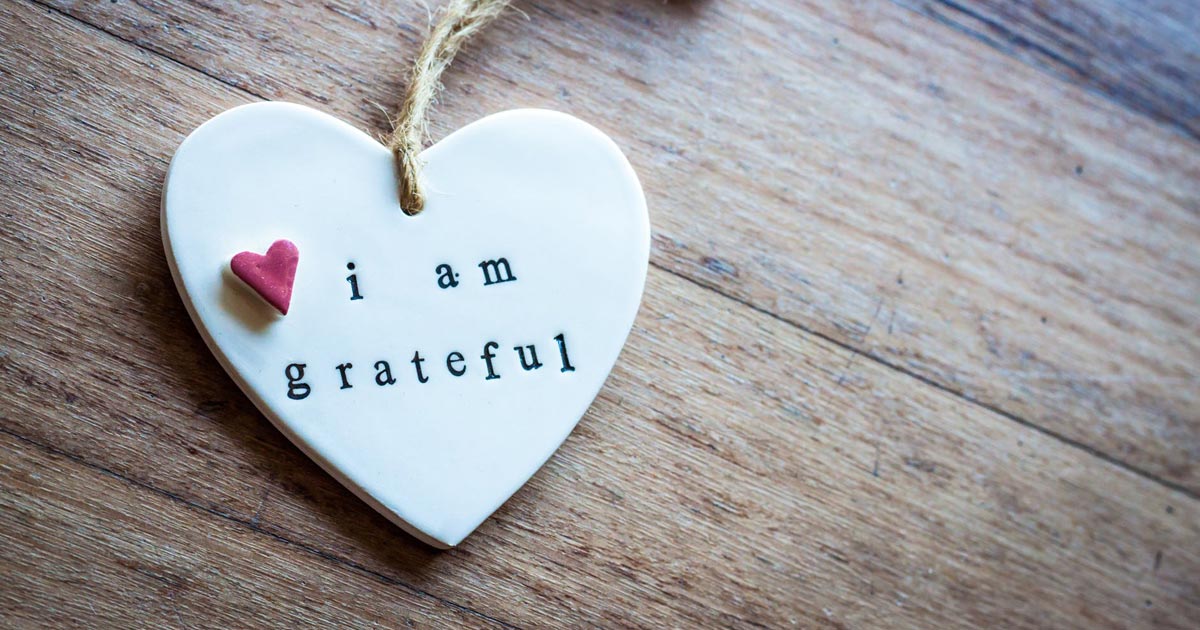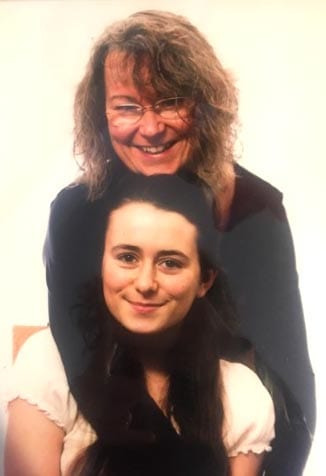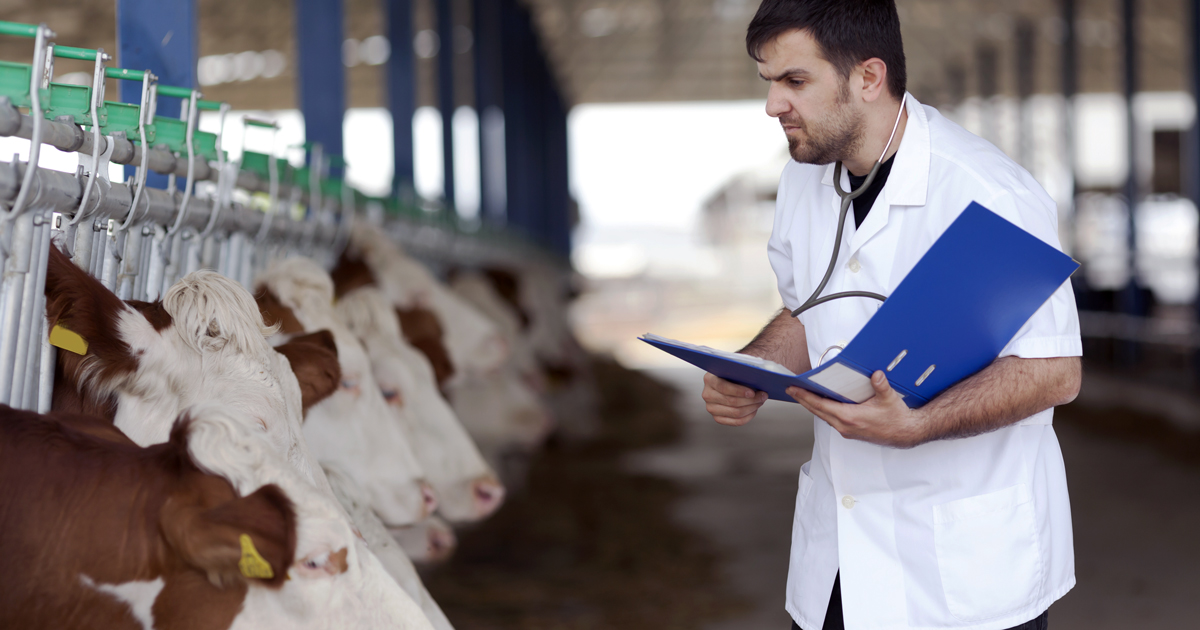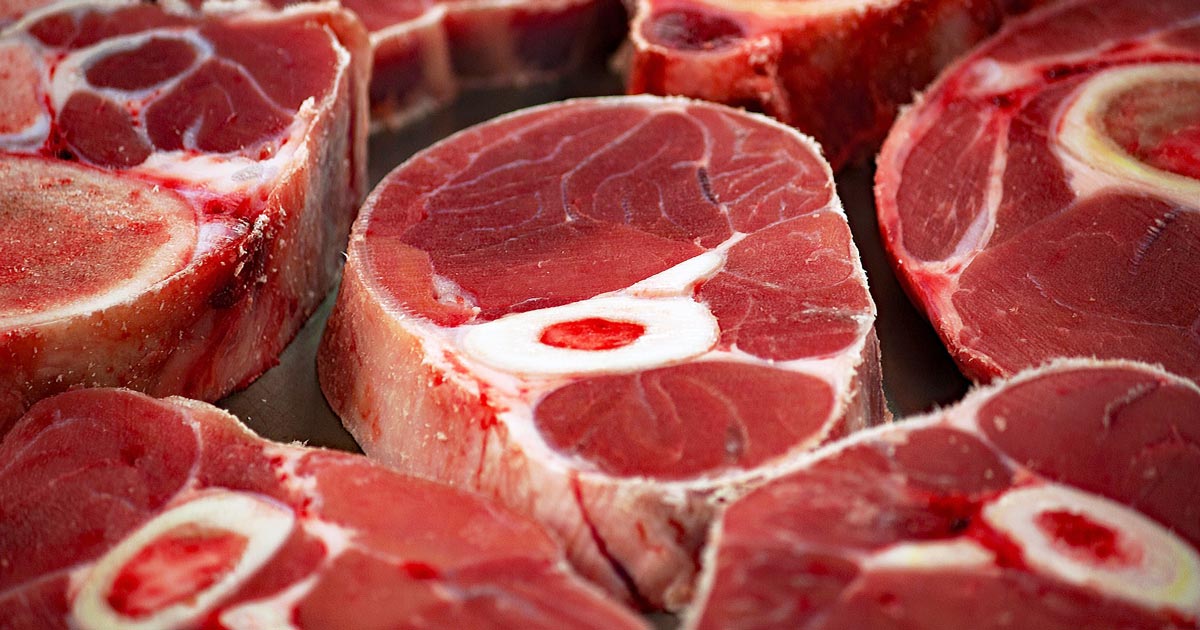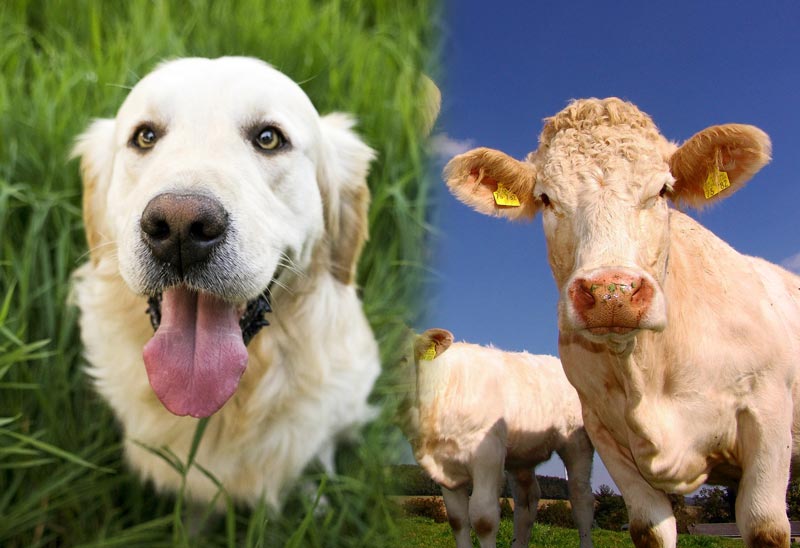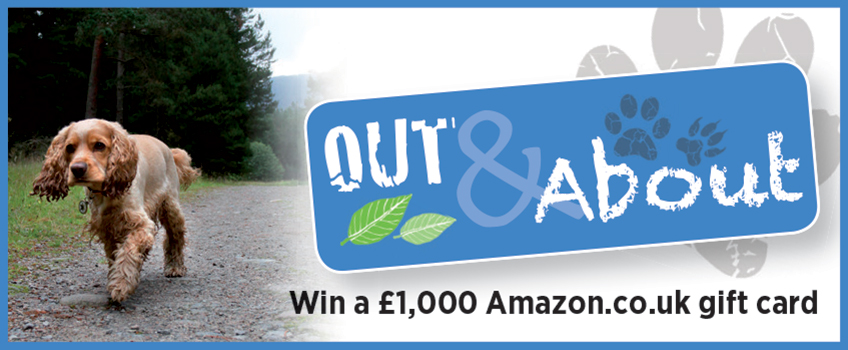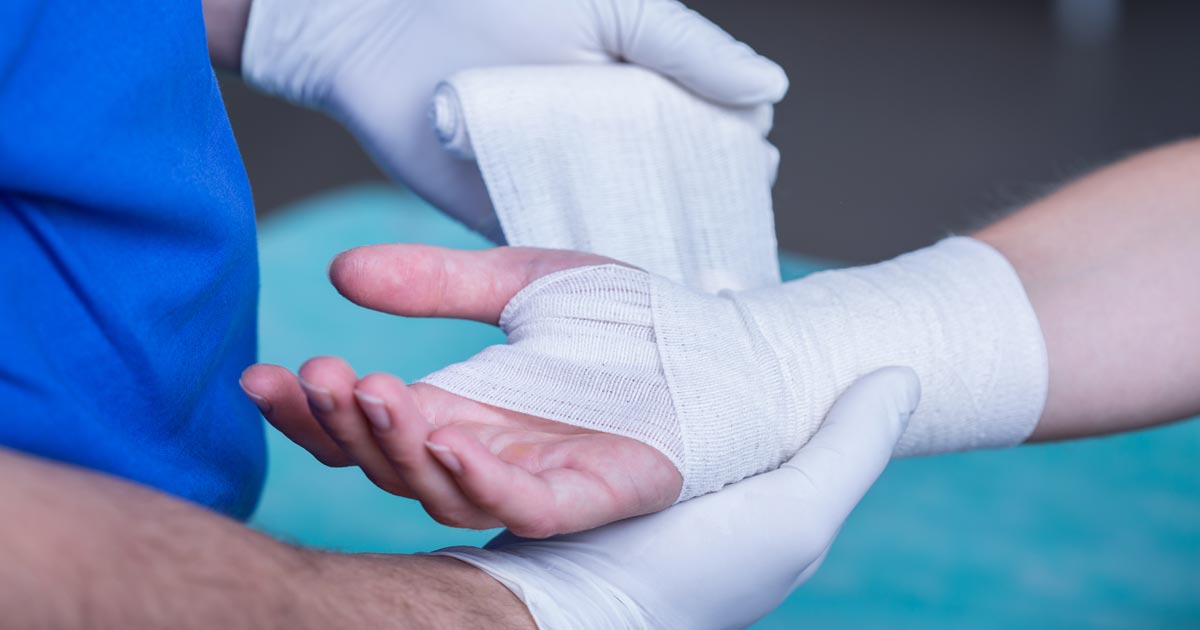From the moment you decide to become a vet, the road before you – from the start to the end of your course – is paved with decisions.
From where to go, to what to look for in a job (although vet students do get to put off the dreaded entrance into the “real world” for a couple more years than the average student), the next choice to be made is always around the corner.
Where to study
When it comes to picking the right veterinary degree, my opinion (which is by no means gospel) is that it’s:
- 10% course content
- 90% location, location, location
For students having a tough time choosing where to attend vet school (although, understandably, most are happy to go anywhere they receive an offer), it can be important to look above and beyond the curriculum. After all, the veterinary course in the UK is heavily standardised and, as much as every school wants you to believe that theirs has something special that nobody else’s does (and maybe they do), at the end of the day, you will leave each university with the same qualifications.
I’m not studying where I am today because I fell in love with Bristol vet school, I fell in love with Bristol itself.

I still remember getting off the coach with my dad for an open day and having the biggest smile on my face from the moment I stepped on to the cobbled streets. To this day, I’ve no idea why – perhaps it’s the multi-coloured Balamory-esque buildings, or the accents and calls of “my lover” that made me feel like I’d stumbled into a remake of Hot Fuzz, or maybe it’s the fact there are sheep and cows roaming just a stone’s throw away from the clinical campus.
Whatever it was, it wasn’t the labs, the course brochures or the lecture theatres…
For some, staying closer to home is what’s important; maybe for childcare, financial or emotional support. For others, moving away from what is familiar and stepping out of your comfort zone can play a vital part in learning independence and gaining a wider perspective.
What to study
Selective/elective weeks, while only making up a small component of your final year, are a rare opportunity to tailor your education in what is otherwise a very nationally homogenised learning infrastructure.
Work experience is another excellent outlet through which vet students can customise their teaching opportunities and prioritise what is most important to them. Practices where we feel most immediately at home are the ones that reflect our values around the profession, and the teams and individuals we bounce off easily are often indicative of the type of professional that you would/aspire to be.
Where to work
With the average retention of a veterinary professional standing depressingly at just seven short years, there’s been a massive drive from the ground up to improve the quality of the profession, and to make the career more mentally and emotionally sustainable.
We’re taught about developing resilience and mindfulness from the first year of vet school, and in the past half-decade, four-day weeks have become the standard for a lot of vets up and down the country.
With vets in such high demand, new graduates currently have a plethora of jobs to choose from. Considerations over commute times, staff retention, caseloads, OOH work, and weekend rotas (let alone salaries) are now luxuries that are becoming more and more affordable.
I would personally love to see a day when vet students can take modules in their final year – and with mixed practices decreasing in number, there may eventually be separate institutions for small animal and large animal vets.
As somebody soon to be entering the job market, I can tell you that decision paralysis is most certainly real, but I still believe that the more choices we are able to make, and the more control we have over our careers, will make us better and happier professionals.

